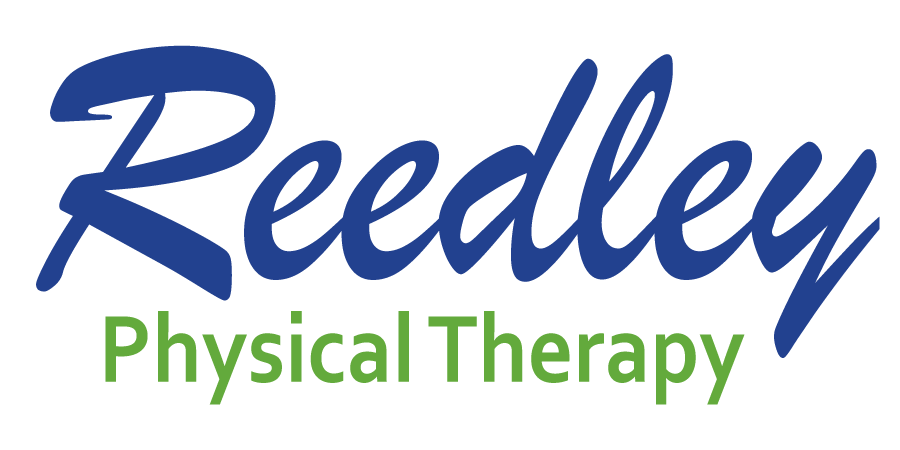Movement is Medicine: Reverse the Effects of Sitting
Across the blogosphere, sitting has recently been decried as being as detrimental to our health as smoking.
This is obviously an extreme comparison and one that is intended more to make the point that being in the habit of sitting for long periods of time – over the course of a lifetime – may be much more harmful than one might initially think.
There is good reason for some alarm; sitting is, by definition, sedentary and being sedentary has seriously negative implications for both our musculoskeletal and cardiovascular systems. Sitting also reinforces poor posture that predisposes a multitude of musculoskeletal aches and pains. So sitting isn’t good, but, the negative effects that result from prolonged sitting can be reversed – and therefore the harms associated may fall well short of those associated with smoking.
If your job requires an inordinate amount of sitting, rest assured, you are not relegated to a life of pain and disability. There is much you can do to mitigate the negative effects of sitting – and the following activities and exercises are probably the best to do just that!
1. Foam roll thoracic extension: When we sit – whether it is in our cars or at our desks – we inevitably end up rounding our upper backs. If this becomes a habit, you may also find yourself standing and walking with your back in that same rounded position. This can lead to not only back and neck pain, but is directly correlated with shoulder and arm pain as well. Spending time – even 5-10 minutes – laying on a foam roll, extending your upper back, is perhaps the most important stretch to minimize the risk of making that temporary rounding a more permanent change.
2. Hip flexor stretch: If we are sitting, our hips are flexed, if our hips stay flexed for long periods of time, the muscles will adaptively shorten. Short hip flexors can affect the way that we move and walk and can put a lot of unwanted stress onto our low backs. To balance out time spent with our hip flexors in a shortened position, we need to stretch them out.
3. Glute bridges: Having the range of motion in the hips to extend fully is critical (which is why the hip flexor stretch is so important), but having the strength to get yourself into full extension and stabilize there is equally necessary. The bridge is a simple yet effective way to build this strength.
4. Shoulder W’s: Also a strengthening exercise, this movement performed sitting flat against a wall by sliding the back of your hands and arms on the wall while reaching overhead, helps hold the shoulder blades back and down. Stabilizing the shoulders in this position is critical to keeping the shoulder ‘open,’ reducing opportunity for shoulder pain and impingement.
Whether you sit a lot, or a little, these exercises will be helpful in maintaining balance and minimizing the risk of injury associated with postural changes. Remember to move well and move often and if you do, your body will thank you.


